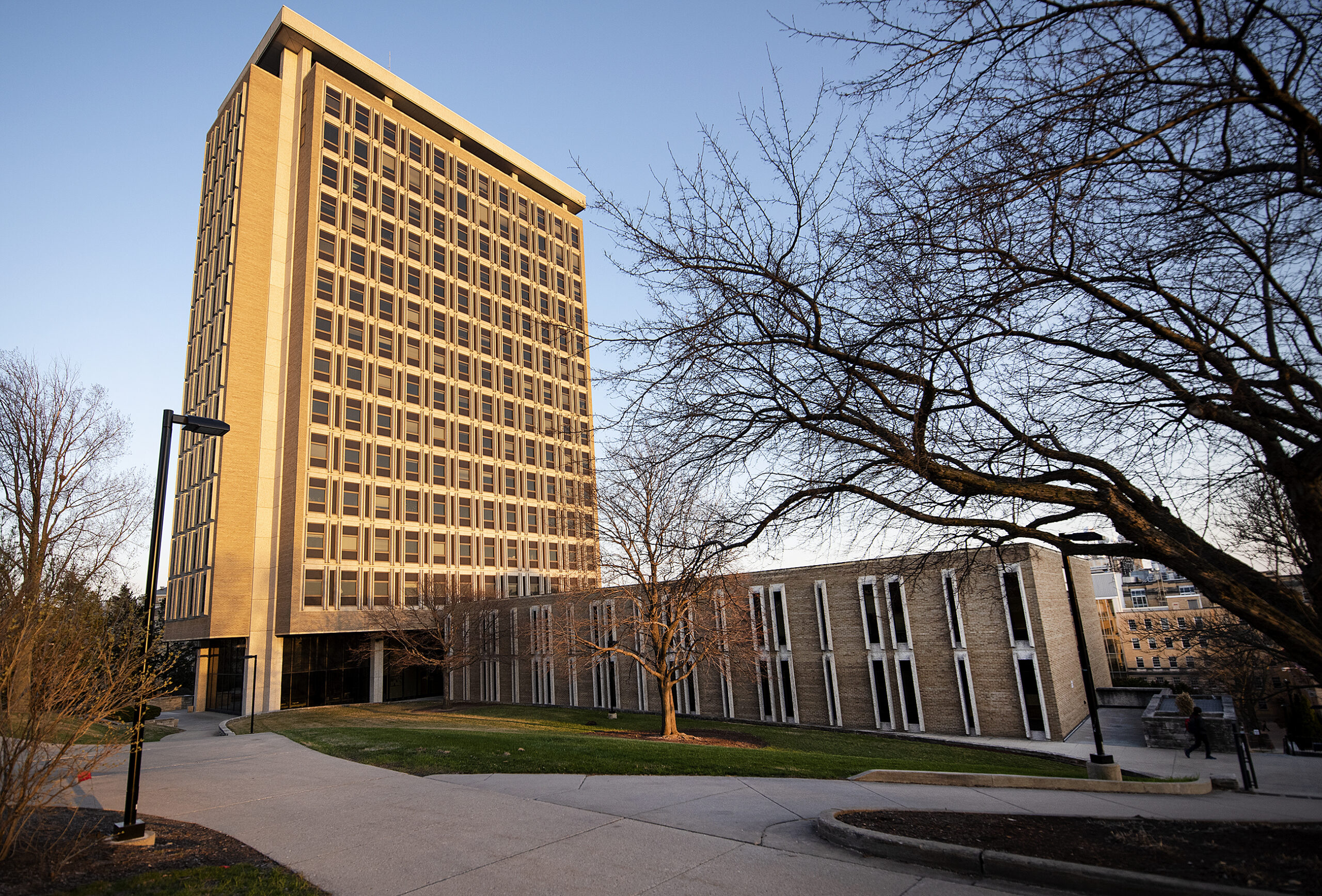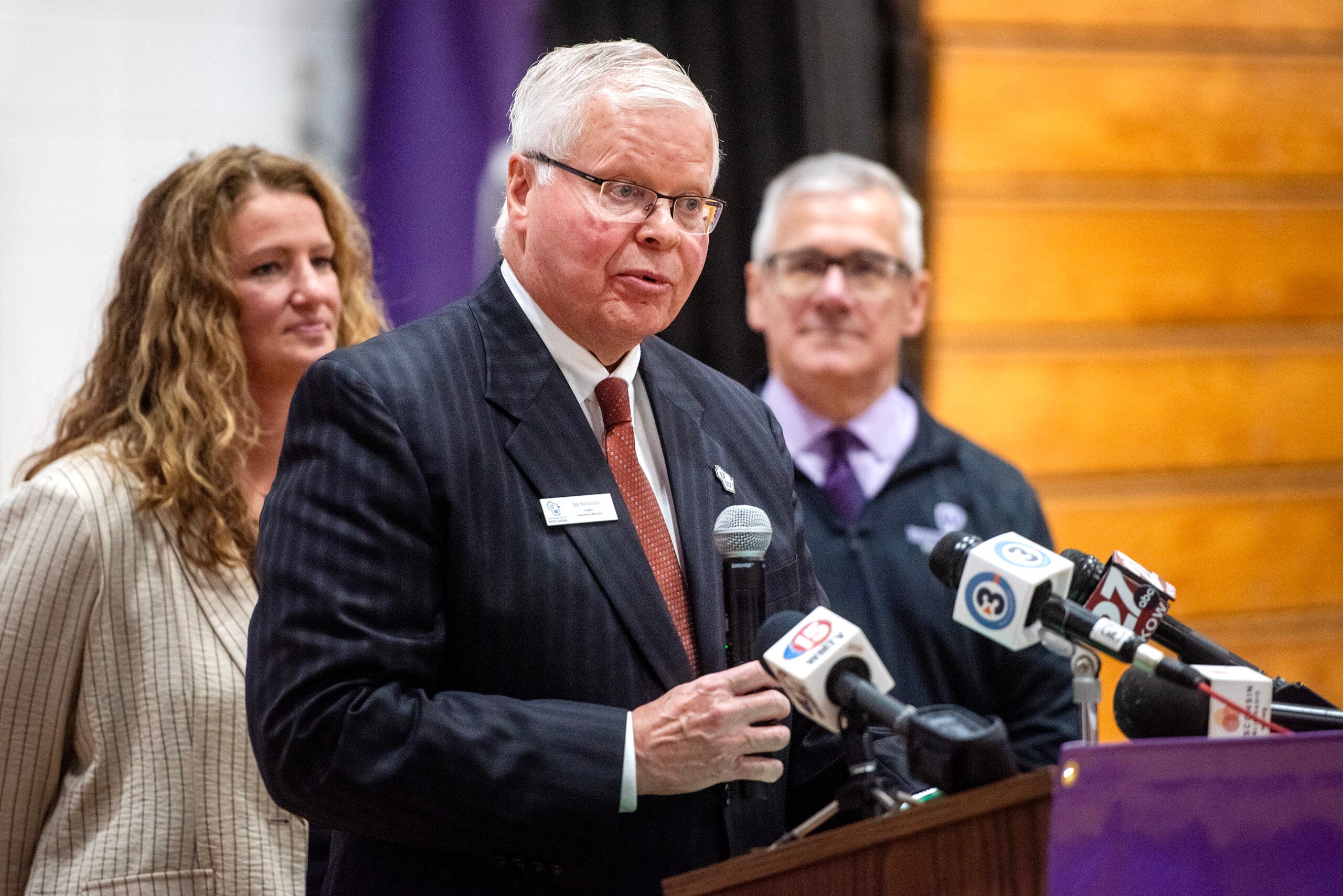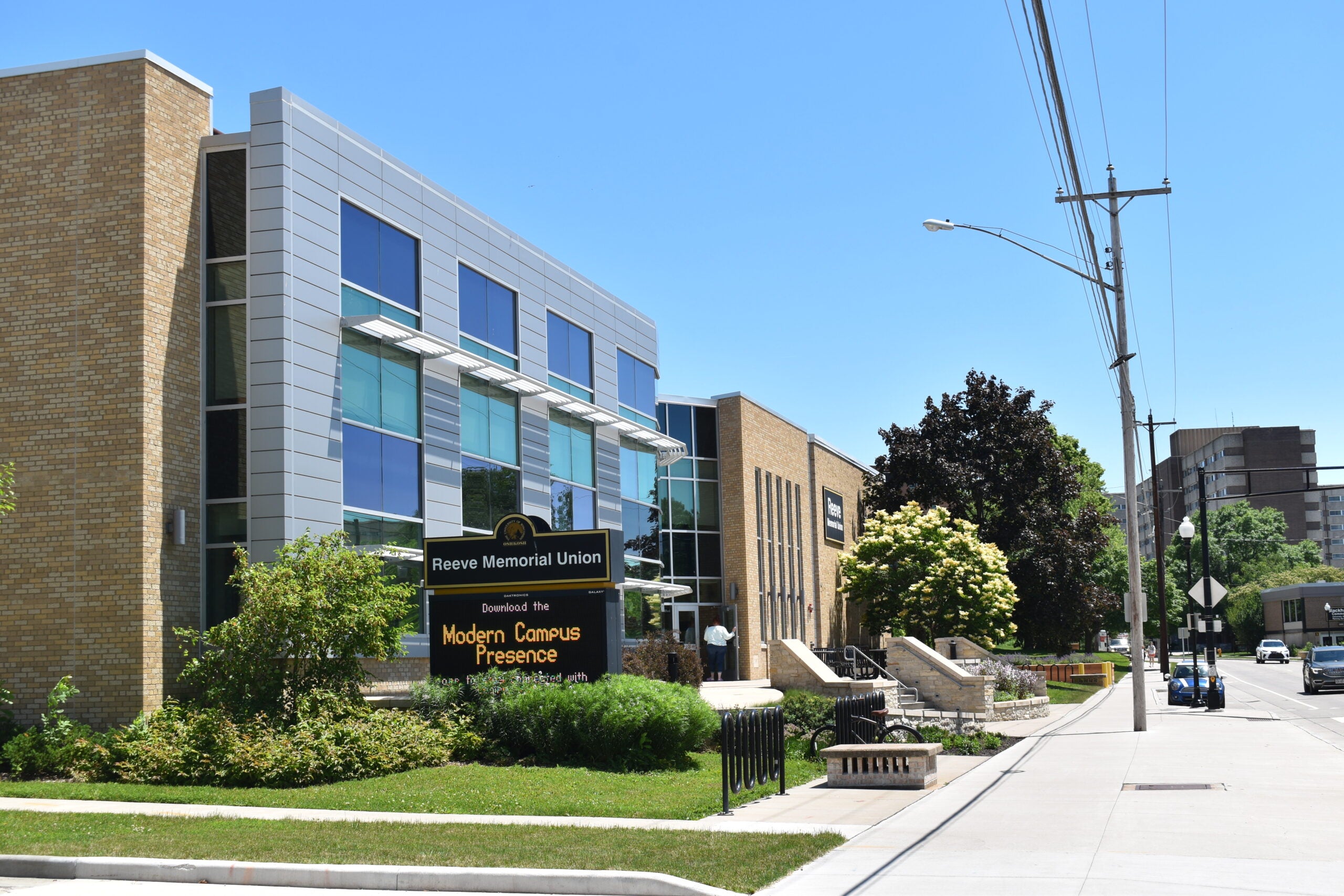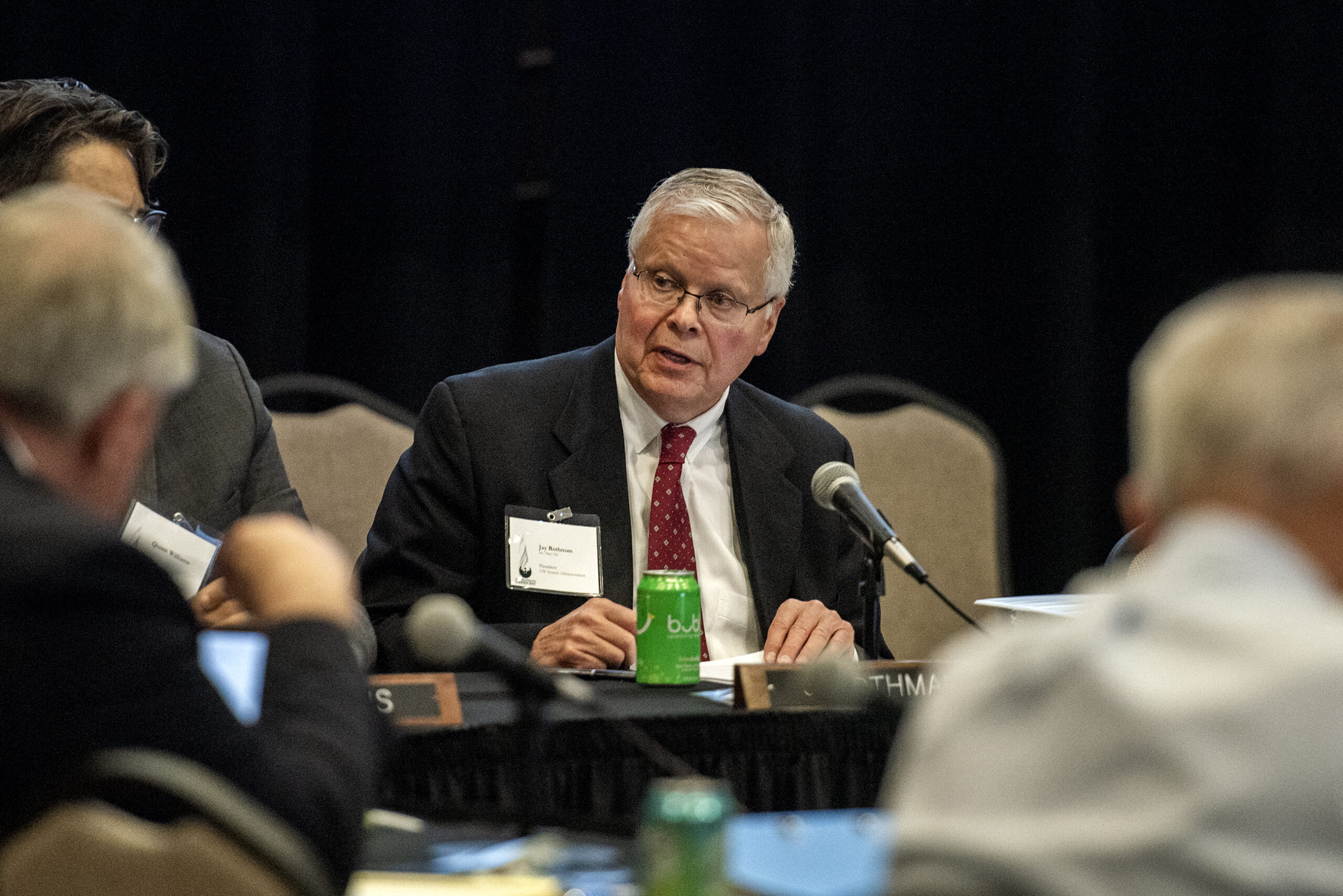As lawmakers consider the next round of spending on higher education in Wisconsin, new data shows per-pupil taxpayer funding for state technical colleges is more than twice as high as it is for state universities. At the same time, the University of Wisconsin System says 10 of its 13 universities have structural deficits ranging from millions to tens of millions of dollars.
The data comes from the State Higher Education Executive Officers Association’s, or SHEEO, higher education finance report. It shows Wisconsin taxpayers at the state and local level spent $13,956 per full-time-equivalent, or FTE, student at two-year technical colleges and $6,227 per FTE student at state universities.
Much of the funding for the state’s technical colleges comes from local property taxes, whereas universities have no local taxing authority.
News with a little more humanity
WPR’s “Wisconsin Today” newsletter keeps you connected to the state you love without feeling overwhelmed. No paywall. No agenda. No corporate filter.
When compared to other states, the gap between public funding for two-year schools and four-year universities in Wisconsin was the third largest in the nation. Only New Hampshire and Arizona had higher shares of public funding going to two-year schools.
When combined, Wisconsin taxpayers spent $9,510 per FTE student in 2022, regardless of where they enrolled. That’s below the national average of $10,237 per student and places Wisconsin 29th in the United States. Illinois taxpayers spent $22,970 per student, though the report notes that’s largely driven by efforts to address an underfunded pension system for university employees. Michigan and Minnesota were virtually tied just ahead of Wisconsin with $9,909 per FTE and $9,802 respectively.
Kelsey Kunkle is a policy analyst with SHEEO who oversees the annual funding report. She said the difference between Wisconsin’s funding for two-year colleges and four-year universities is stark.
“When we’re looking at that, that is actually that key factor in how Wisconsin wound up being the only state in which total education revenue per FTE wound up being higher (at two-year colleges) than the four-year institutions,” Kunkle said.
UW System President Jay Rothman tweeted data from the report Thursday morning, as members of the state Legislature’s powerful Joint Finance Committee put their touches on Wisconsin’s next state budget. Rothman’s tweets focused on the funding difference between the UW System and Wisconsin Technical College System. He noted state funding levels for public universities in Wisconsin ranked 42nd in the nation. SHEEO’s data shows Wisconsin’s spending on two-year colleges was the fourth highest in the nation.
During a Thursday press briefing, Rothman repeated his call for more funding, saying Wisconsin is in a war for talent. He said the state needs more nurses, engineers and other skilled workers and the UW System is the best “talent magnet” the state has.
“But when we are at the bottom of public funding nationally, we can’t fulfill our potential and all Wisconsinites will suffer,” Rothman said. “Most of our universities are running deficits right now, and that imposes significant financial challenges for us moving forward.”
Data provided to Wisconsin Public Radio by the UW System shows most state universities have projected budget deficits through fiscal year 2023. UW-Milwaukee topped the list with a projected deficit of $18.8 million. UW-Platteville came in second with a projection of $6.5 million in the red and UW-Green Bay was third with a projected deficit of $6.3 million.
The only campuses without projected deficits were UW-Madison, UW-La Crosse and UW-Stout.
A number of state universities have gone into the red in recent years. That’s due in large part to state lawmakers taking away the UW System Board of Regents’ ability to increase residential, undergraduate tuition rates in 2013. Then, in the 2015-17 state budget, Republican lawmakers and former Gov. Scott Walker approved a $250 million cut to the UW System’s budget.
Those factors and precipitous declines in enrollment forced many UW campuses to outsource things like custodial staff, offer retirement buyouts to faculty and spend down tuition reserves to make ends meet.
Between 2015 and 2021, the number of UW faculty across the state declined by 891, according to UW System data. The number of employees listed as university staff fell by 2,845 during that same period.
The tuition freeze was in place until lawmakers lifted it in 2021. Regents raised in state, undergraduate tuition by an average of 5 percent in March.
Rothman said universities do have fund balances they can pull from to backfill their deficits.
“But it is not a long term solution,” he said. “You cannot continue to consume your savings and expect to be successful, and we have to have at least a reasonable level of reserve to deal with any shocks that we may have in the system.”
On Wednesday, the Republican-controlled finance committee voted to boost state general aid to the Wisconsin Technical College System by $9.4 million in the 2023-25 state budget. Democratic Gov. Tony Evers recommended spending nearly $66 million on tech colleges.
The finance committee hasn’t taken up the UW System’s budget yet. Evers’ is recommending increasing system funding by $306 million. The UW System requested a total increase of $435 million.
In the UW System’s 2021-23 operating budget request, former UW System President Tommy Thompson sought a $95.7 million increase. Ultimately, the Joint Finance Committee increased the system’s base operating budget by $16.6 million.
Rothman said he continues to have “productive conversations” with state lawmakers and is hopeful to see new state investments in the UW System.
Wisconsin Public Radio, © Copyright 2025, Board of Regents of the University of Wisconsin System and Wisconsin Educational Communications Board.







